Energy transition: active duty?

…will scale up. But the trajectory will not be a straight line. We have recently seen share prices crushed in offshore wind (forewarned here) or PV silicon (forewarned here). Active…

…will scale up. But the trajectory will not be a straight line. We have recently seen share prices crushed in offshore wind (forewarned here) or PV silicon (forewarned here). Active…
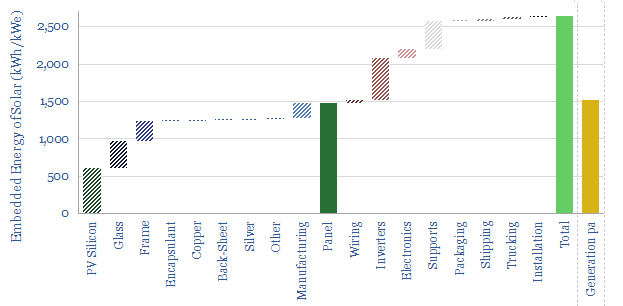
…solar panel is about 65% glass, 15% aluminium, c10% polymers (mainly EVA encapsulants and PVF back-sheet), c3% copper. Photovoltaic silicon is only 5% of the panel by mass, but about…
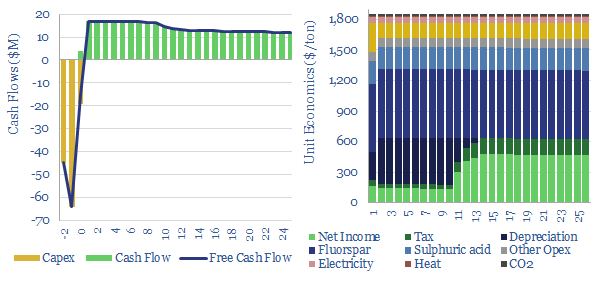
…in its own right, to etch silicon chips, metals and blow insulation foams. This economic model captures the production of hydrogen fluoride from acid-grade fluorspar and sulfuric acid. We think…
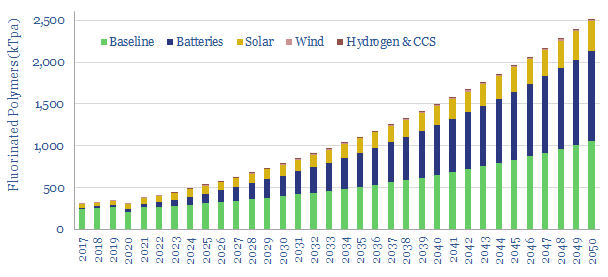
…the most resilient polymers in the world (page 2). Yet they are overlooked. When you think about the materials in solar panels, you are primarily going to think about silicon,…
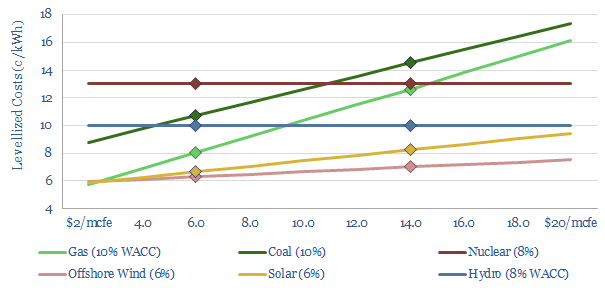
…example, PV silicon, carbon fiber, other metals (see below). This is why higher gas/energy prices or higher CO2 prices mechanically translate into mild re-inflation for wind and solar in our…
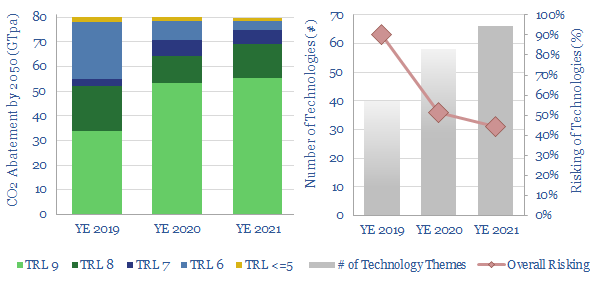
…first electric wind turbine was built in Scotland in 1887 and the first PV silicon was produced at Bell Laboratories in 1954. Today wind and solar comprise 9% of global…
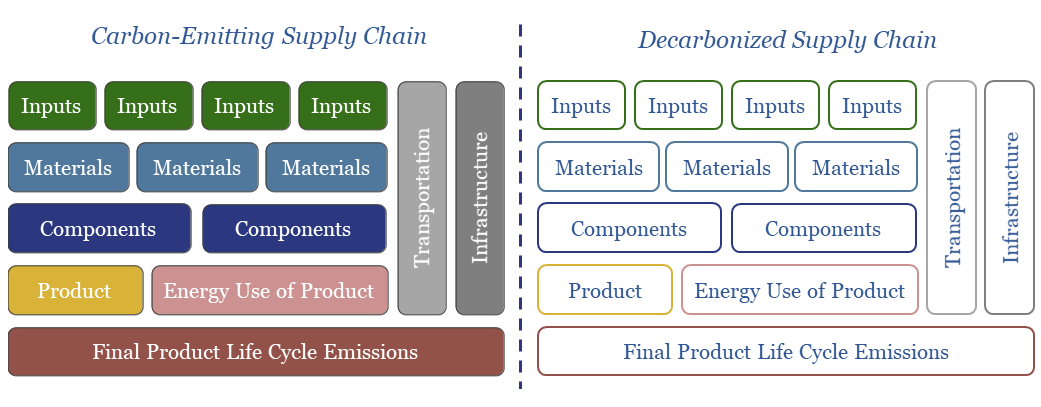
…turbine blades and hydrogen storage tanks), photovoltaic silicon (used in solar panels), lithium (used in batteries), neodymium magnets (used in wind turbines and EVs), dielectric gases (used in electricity distribution)…
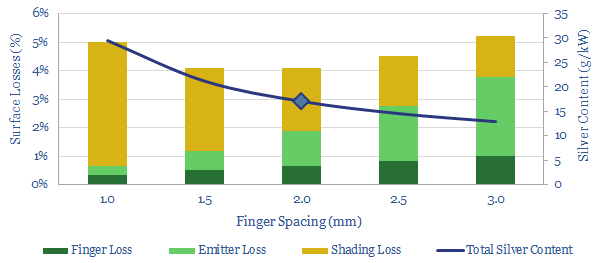
…contact fingers (0.5-1%), resistance in the emitter (1.5-2.5%) and resistance due to shading of the silicon by fingers and busbars (2-3%). This data-file allows stress-testing of different impacts on solar…